Home>Gardening & Outdoor>Landscaping Ideas>When To Put Grass Seed Down In The Fall
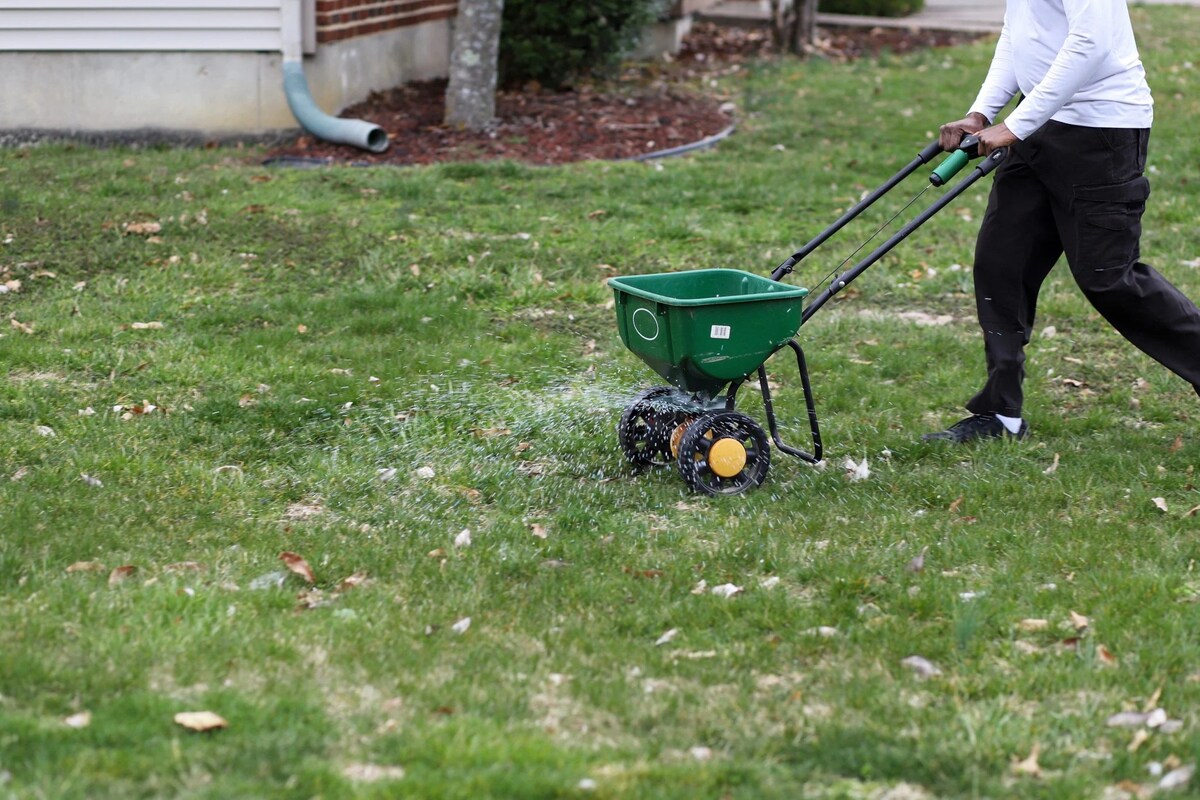

Landscaping Ideas
When To Put Grass Seed Down In The Fall
Modified: October 18, 2024
Discover the best time to plant grass seed in the fall with our expert landscaping ideas. Learn when and how to achieve a lush, green lawn this season.
(Many of the links in this article redirect to a specific reviewed product. Your purchase of these products through affiliate links helps to generate commission for Storables.com, at no extra cost. Learn more)
**
Introduction
**
As the vibrant hues of summer gradually yield to the rich, earthy tones of autumn, homeowners and landscaping enthusiasts alike turn their attention to nurturing and fortifying their lawns. The fall season presents an opportune window for tending to the lush carpets of grass that adorn our outdoor spaces. One of the most crucial tasks during this time is planting grass seed, a practice that can yield remarkable results when executed with care and consideration.
In this comprehensive guide, we will delve into the art of planting grass seed in the fall, exploring the myriad benefits, essential factors to bear in mind, and the ideal conditions for fostering the growth of resilient, verdant lawns. Whether you're a seasoned gardener or a novice embarking on your first landscaping endeavor, this article will equip you with the knowledge and insights needed to ensure a thriving and picturesque lawn. So, let's embark on this journey of nurturing nature's green tapestry, one grass seed at a time.
**
Key Takeaways:
- Timing is crucial for planting grass seed in the fall to ensure a thriving lawn in the spring. Thoughtful preparation and consistent care yield long-term benefits for a lush, resilient outdoor space.
- Embrace the art of fall planting to nurture a vibrant, inviting outdoor sanctuary. Each blade of grass sown is a testament to the transformative power of thoughtful stewardship and the timeless allure of nature’s green embrace.
Read more: When To Put Down Bermuda Seed
Benefits of Planting Grass Seed in the Fall
**
Planting grass seed in the fall offers a myriad of advantages that contribute to the overall health and resilience of your lawn. Here are some key benefits to consider:
-
Optimal Growing Conditions: During the fall, the soil retains warmth from the summer months while experiencing increased moisture from rainfall. These conditions create an ideal environment for grass seed germination and establishment.
-
Reduced Weed Competition: By planting grass seed in the fall, you can leverage the natural decline of weed growth, giving your grass seedlings a competitive edge. With fewer weeds vying for resources, your new grass can flourish and establish strong roots.
-
Establishment Before Winter: Planting grass seed in the fall allows the seedlings to take root and establish themselves before the onset of winter. This early growth provides a head start for the grass, resulting in a denser and more resilient lawn in the following spring.
-
Enhanced Root Development: Fall-planted grass seed has an extended period to develop robust root systems. This deep root growth facilitates improved nutrient absorption and drought resistance, contributing to the long-term health of your lawn.
-
Thicker, Lusher Lawn: With the benefits of fall planting, you can expect a thicker, lusher lawn in the following spring. The established grass will be better equipped to withstand the rigors of summer heat and foot traffic, resulting in a more resilient and visually appealing lawn.
-
Cost-Effective: Fall is an optimal time for overseeding or repairing patches in your lawn, as the cooler temperatures and increased moisture reduce the need for extensive irrigation. This can lead to cost savings on water and maintenance efforts.
-
Less Maintenance: By planting grass seed in the fall, you can reduce the need for frequent watering and maintenance typically required during the hotter months. This can free up time and resources for other landscaping tasks and activities.
Incorporating these benefits into your lawn care regimen can yield a verdant, thriving lawn that enhances the beauty and enjoyment of your outdoor space. By leveraging the natural rhythms of the seasons, you can set the stage for a resilient and picturesque lawn that will be the envy of the neighborhood.
**
Factors to Consider Before Planting Grass Seed in the Fall
**
Before embarking on the endeavor of planting grass seed in the fall, it is essential to take several key factors into account to ensure the success and vitality of your lawn. Consider the following aspects before sowing the seeds of your autumn lawn transformation:
-
Grass Type Selection: Different grass species thrive in varying climates and soil conditions. Research and select grass varieties that are well-suited to your region, considering factors such as sunlight exposure, soil type, and average temperatures. Cool-season grasses like Kentucky bluegrass and fescue are typically preferred for fall planting in regions with cold winters, while warm-season grasses like Bermuda grass are better suited to warmer climates.
-
Soil Preparation: Adequate soil preparation is crucial for the successful establishment of grass seed. Conduct a soil test to assess nutrient levels and pH, and amend the soil as needed to create an optimal growing environment. Loosening compacted soil and removing debris will facilitate better seed-to-soil contact and improve germination rates.
-
Timing and Climate: Consider the timing of your grass seed planting in relation to the climate in your region. Aim to plant the seeds early enough in the fall to allow for sufficient establishment before the first frost. Additionally, monitor weather patterns to ensure that the seeds receive the necessary moisture for germination and early growth.
-
Weed Control: Address any existing weed issues before planting grass seed to minimize competition for resources. Consider using herbicides or manual removal to eradicate weeds and create a favorable environment for your new grass seedlings.
-
Proper Seeding Techniques: Pay attention to recommended seeding rates and techniques for the specific grass species you are planting. Proper seed distribution, depth, and coverage are critical for achieving uniform germination and lush, even growth.
-
Watering and Maintenance: Plan for consistent watering after seeding to keep the soil moist for optimal germination. Adequate moisture is essential for the initial stages of grass seedling growth. Additionally, be prepared to adjust your lawn care routine to accommodate the needs of the newly planted grass, including mowing height and fertilization schedules.
By carefully considering these factors and taking proactive steps to address them, you can set the stage for a successful grass seed planting endeavor in the fall. Thoughtful planning and preparation will pave the way for a vibrant and resilient lawn that enhances the beauty and livability of your outdoor space.
**
Ideal Conditions for Planting Grass Seed in the Fall
**
Creating optimal conditions for planting grass seed in the fall is essential to ensure successful germination and robust growth. By aligning your lawn care efforts with the natural rhythms of the season, you can maximize the potential for a lush and resilient lawn. Here are the ideal conditions to strive for when planting grass seed in the fall:
-
Soil Temperature: Aim to plant grass seed when the soil temperature remains consistently between 50-65 degrees Fahrenheit. These moderate temperatures provide an ideal environment for seed germination and early root development.
-
Adequate Moisture: Fall typically brings increased rainfall, which can provide the necessary moisture for grass seed germination. However, if conditions are dry, be prepared to supplement with irrigation to ensure the soil remains consistently moist but not waterlogged.
-
Reduced Weed Pressure: Fall is characterized by diminished weed growth, providing an advantage for newly planted grass seed. With fewer competing weeds, the grass seedlings have a better opportunity to establish themselves and develop strong root systems.
-
Extended Growing Season: Planting grass seed in the fall allows for an extended period of growth before the onset of winter dormancy. This extended growing season promotes robust root development and overall resilience in the face of environmental stressors.
-
Minimal Heat Stress: Fall planting reduces the risk of heat stress on newly germinated grass seedlings, as the cooler temperatures alleviate the strain of intense summer heat. This creates a more favorable environment for the initial stages of growth.
-
Ample Sunlight: Ensure that the planting area receives adequate sunlight, as this is essential for the photosynthetic process and overall health of the grass seedlings. Clear any obstructions that may hinder sunlight exposure to the newly planted seeds.
By aligning your grass seed planting efforts with these ideal conditions, you can optimize the potential for successful germination and establishment. Embracing the natural advantages of the fall season sets the stage for a resilient and visually stunning lawn that will be a source of pride and enjoyment for seasons to come.
**
Tip: The best time to put grass seed down in the fall is early to mid-September. This allows the seed to establish before winter and gives it a head start for the spring growing season. Make sure to water the newly seeded area regularly to help the grass grow.
Steps to Plant Grass Seed in the Fall
**
Embarking on the journey of planting grass seed in the fall requires a thoughtful and systematic approach to ensure the best possible outcome for your lawn. By following these essential steps, you can set the stage for successful germination and the establishment of a vibrant, lush lawn:
-
Assess Your Lawn: Begin by assessing the current state of your lawn, identifying areas that may require overseeding or repair. Take note of any compacted soil, bare patches, or areas with sparse grass coverage that will benefit from new seed.
-
Soil Preparation: Prepare the soil by raking and removing debris, such as thatch and dead grass, to create a suitable seedbed. Consider aerating compacted soil to improve drainage and facilitate better seed-to-soil contact.
-
Soil Testing and Amendment: Conduct a soil test to assess nutrient levels and pH, and amend the soil as recommended based on the test results. Adding organic matter or soil amendments can improve the soil structure and fertility, creating an optimal environment for seed germination.
-
Seed Selection: Choose high-quality grass seed that is well-suited to your region and the specific conditions of your lawn, such as sunlight exposure and soil type. Consider using a blend of grass varieties to enhance resilience and aesthetic appeal.
-
Seed Distribution: Use a broadcast spreader or seed spreader to evenly distribute the grass seed over the prepared soil. Follow the recommended seeding rates for the specific grass species to achieve uniform coverage.
-
Seed-to-Soil Contact: After spreading the seed, lightly rake the soil to ensure good seed-to-soil contact. This contact is essential for germination and the initial stages of root development.
-
Watering: Water the newly seeded area gently but thoroughly immediately after planting to ensure the soil is adequately moist. Continue to water the area regularly, keeping the soil consistently moist but not waterlogged to support germination and early growth.
-
Monitoring and Maintenance: Monitor the seeded area regularly to ensure that the soil remains moist and to observe the emergence of new grass seedlings. Adjust your watering schedule as needed based on weather conditions and the growth progress of the grass seedlings.
-
Post-Germination Care: Once the grass seedlings have established and reached mowing height, adjust your lawn care routine to accommodate the new growth. Gradually transition to a regular mowing and fertilization schedule to support the ongoing health and vigor of the young lawn.
By following these steps with care and attention to detail, you can lay the groundwork for a successful grass seed planting endeavor in the fall. With proper preparation and ongoing maintenance, you can nurture a resilient and visually stunning lawn that enhances the beauty and livability of your outdoor space.
**
Read more: When To Put Down Grass Seed In Michigan
Caring for Newly Planted Grass Seed in the Fall
**
After diligently planting grass seed in the fall, it is essential to provide attentive care to support the germination and establishment of the new grass seedlings. By implementing the following practices, you can nurture the young lawn and set the stage for robust growth and long-term vitality:
-
Consistent Watering: Maintain consistent moisture in the seeded area by watering gently and regularly. Aim to keep the soil consistently moist but not waterlogged to support the germination and early growth of the grass seedlings. Monitor weather conditions and adjust your watering schedule as needed.
-
Protection from Foot Traffic: Minimize foot traffic on newly seeded areas to prevent soil compaction and damage to emerging grass seedlings. Consider marking the seeded areas and redirecting traffic to established pathways to give the young grass space to thrive.
-
Mowing Height and Frequency: Once the grass seedlings have reached mowing height, adjust your mower to a higher setting to avoid stressing the young plants. Gradually transition to a regular mowing schedule, ensuring that no more than one-third of the grass blade is removed in a single mowing session.
-
Fertilization: As the grass seedlings mature, consider applying a light, slow-release fertilizer to provide essential nutrients for healthy growth. Avoid using high-nitrogen fertilizers initially, as they can promote rapid growth that may strain the developing root systems.
-
Weed Control: Monitor the newly seeded areas for any signs of weed growth and address them promptly. Consider using targeted herbicides or manual removal to prevent weeds from competing with the grass seedlings for resources.
-
Overseeding and Patch Repair: If certain areas of the lawn require additional seeding or patch repair, consider overseeding as needed to ensure uniform coverage and density. Addressing sparse or bare patches promptly can contribute to a more even and lush lawn.
-
Monitoring Growth and Health: Regularly observe the growth and health of the newly planted grass seedlings, paying attention to any signs of stress, disease, or nutrient deficiencies. Adjust your care routine based on the specific needs and progress of the young lawn.
-
Winter Preparation: As the fall season progresses, prepare the lawn for the onset of winter by gradually adjusting your care routine to align with the changing environmental conditions. Implement practices that promote winter hardiness and overall resilience in preparation for the colder months.
By providing attentive care and ongoing maintenance, you can nurture the newly planted grass seed in the fall and lay the foundation for a vibrant and resilient lawn. With thoughtful stewardship, the young grass will flourish, creating a picturesque and inviting outdoor space for enjoyment and relaxation.
**
Conclusion
**
Planting grass seed in the fall is a rewarding endeavor that holds the promise of transforming your outdoor space into a lush, vibrant haven. By leveraging the optimal conditions and natural advantages of the fall season, you can nurture a resilient and visually stunning lawn that enhances the beauty and livability of your home. As you embark on this journey, keep in mind the following key takeaways:
-
Timing is Key: Planting grass seed in the fall capitalizes on the favorable conditions for germination and early growth, setting the stage for a thriving lawn in the following spring.
-
Preparation is Essential: Thoughtful soil preparation, proper seed selection, and attentive care are essential elements for the success of your fall planting endeavor.
-
Consistent Care Yields Results: By providing consistent watering, protection from foot traffic, and ongoing maintenance, you can nurture the newly planted grass seedlings into a resilient and visually appealing lawn.
-
Long-Term Benefits Await: The benefits of fall planting extend beyond immediate gratification, encompassing enhanced root development, reduced weed competition, and long-term resilience against environmental stressors.
As you witness the transformation of your outdoor space through the growth of the newly planted grass, take pride in the role you play as a steward of nature’s beauty. The lush, vibrant lawn that emerges from your efforts will serve as a testament to your dedication and care. Whether you are a seasoned gardener or a novice enthusiast, the journey of planting grass seed in the fall offers a wealth of rewards and the opportunity to connect with the rhythms of the natural world.
So, as the autumn breeze carries the promise of new beginnings, embrace the art of fall planting and nurture the green tapestry that adorns your outdoor sanctuary. With each blade of grass that takes root, you are sowing the seeds of a more vibrant and inviting outdoor space—a space where memories are made, and the beauty of nature thrives.
May your fall planting endeavors yield a bountiful harvest of lush, resilient grass—a testament to the transformative power of thoughtful stewardship and the timeless allure of nature’s green embrace.
Frequently Asked Questions about When To Put Grass Seed Down In The Fall
Was this page helpful?
At Storables.com, we guarantee accurate and reliable information. Our content, validated by Expert Board Contributors, is crafted following stringent Editorial Policies. We're committed to providing you with well-researched, expert-backed insights for all your informational needs.
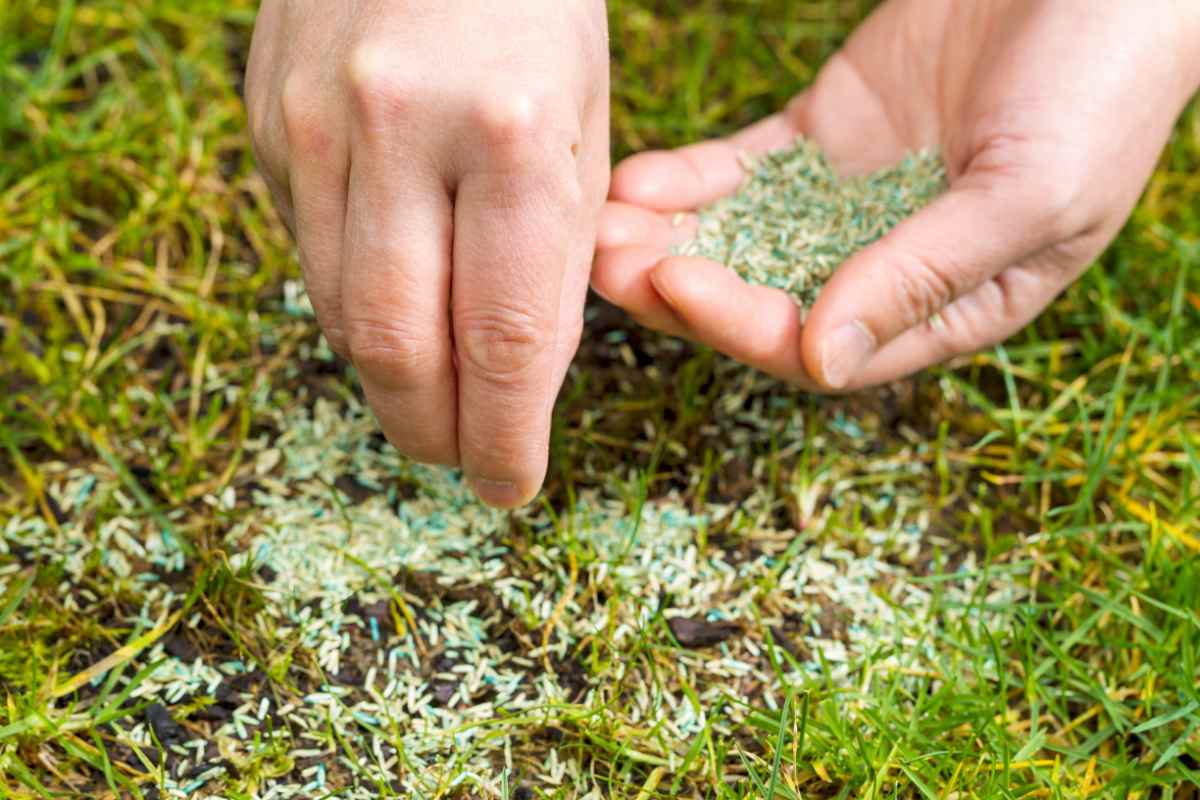
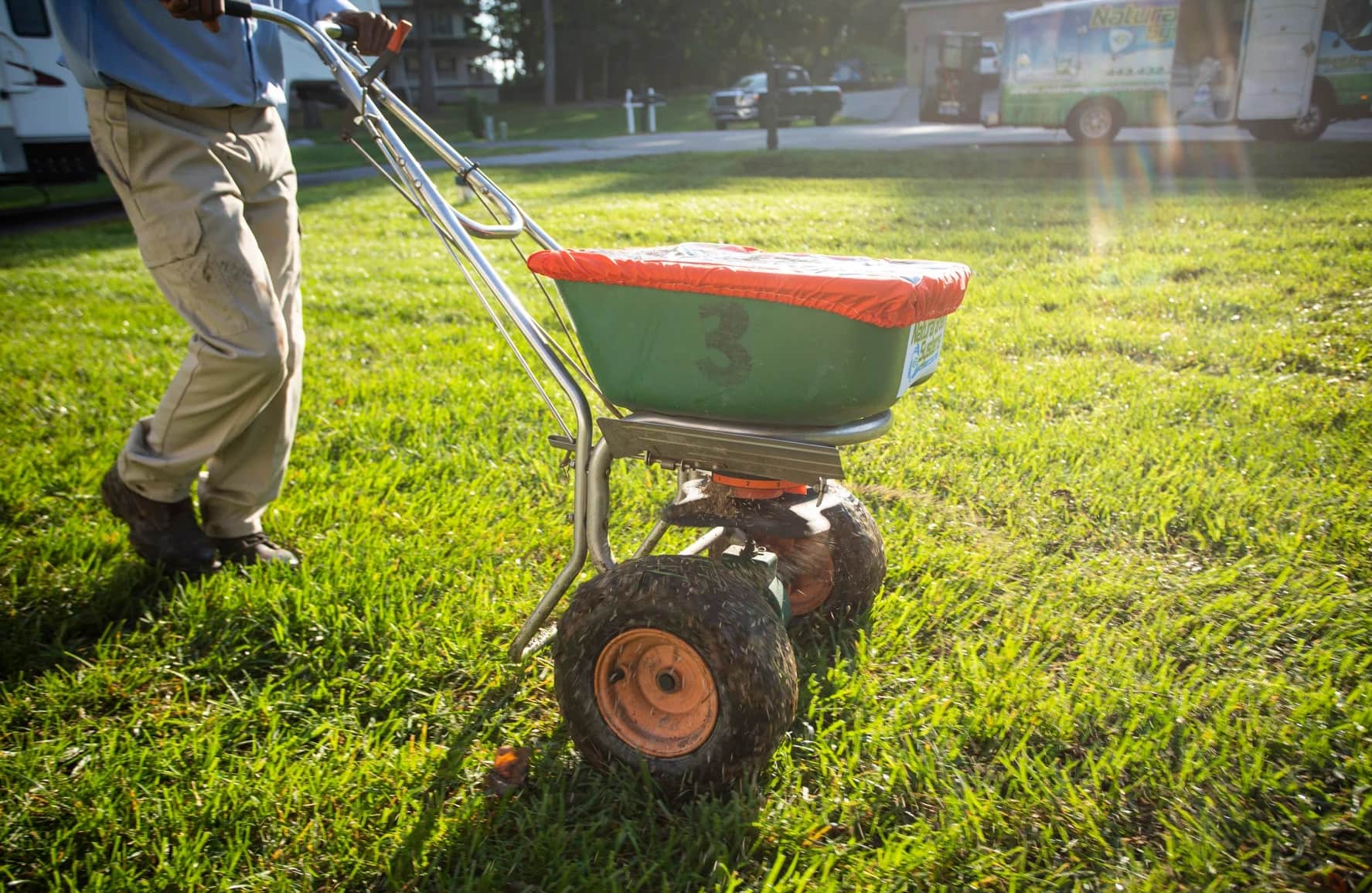
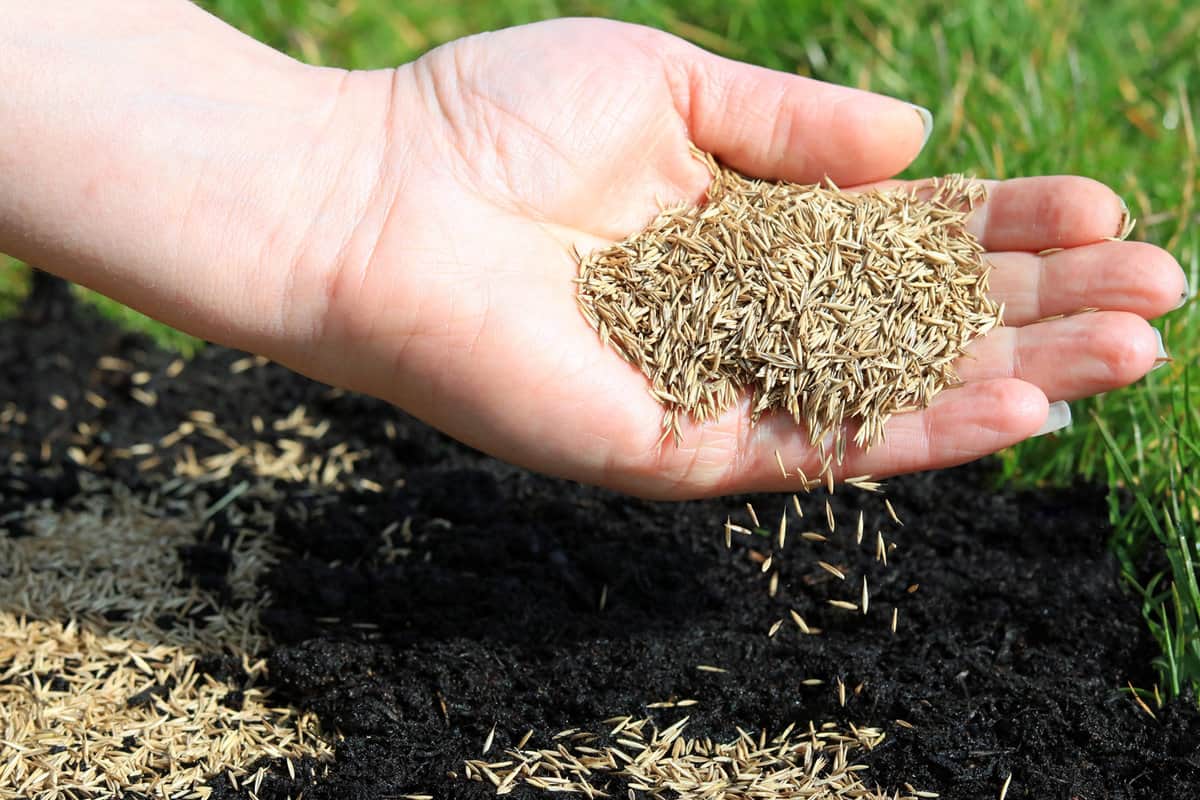
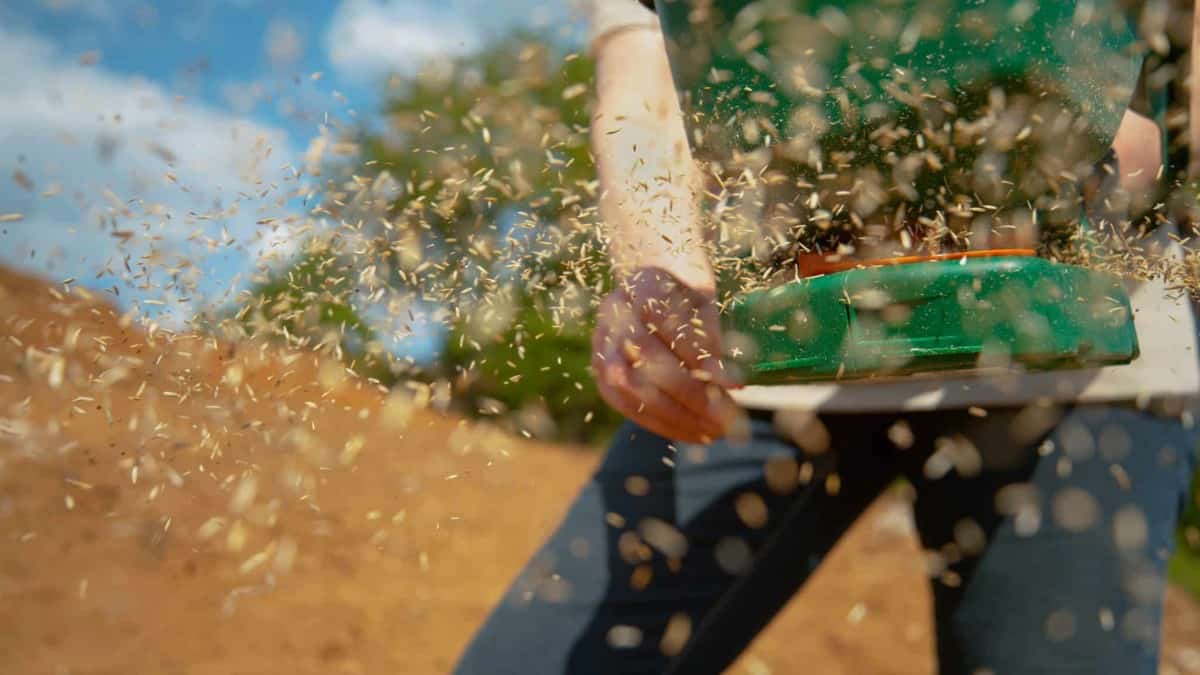
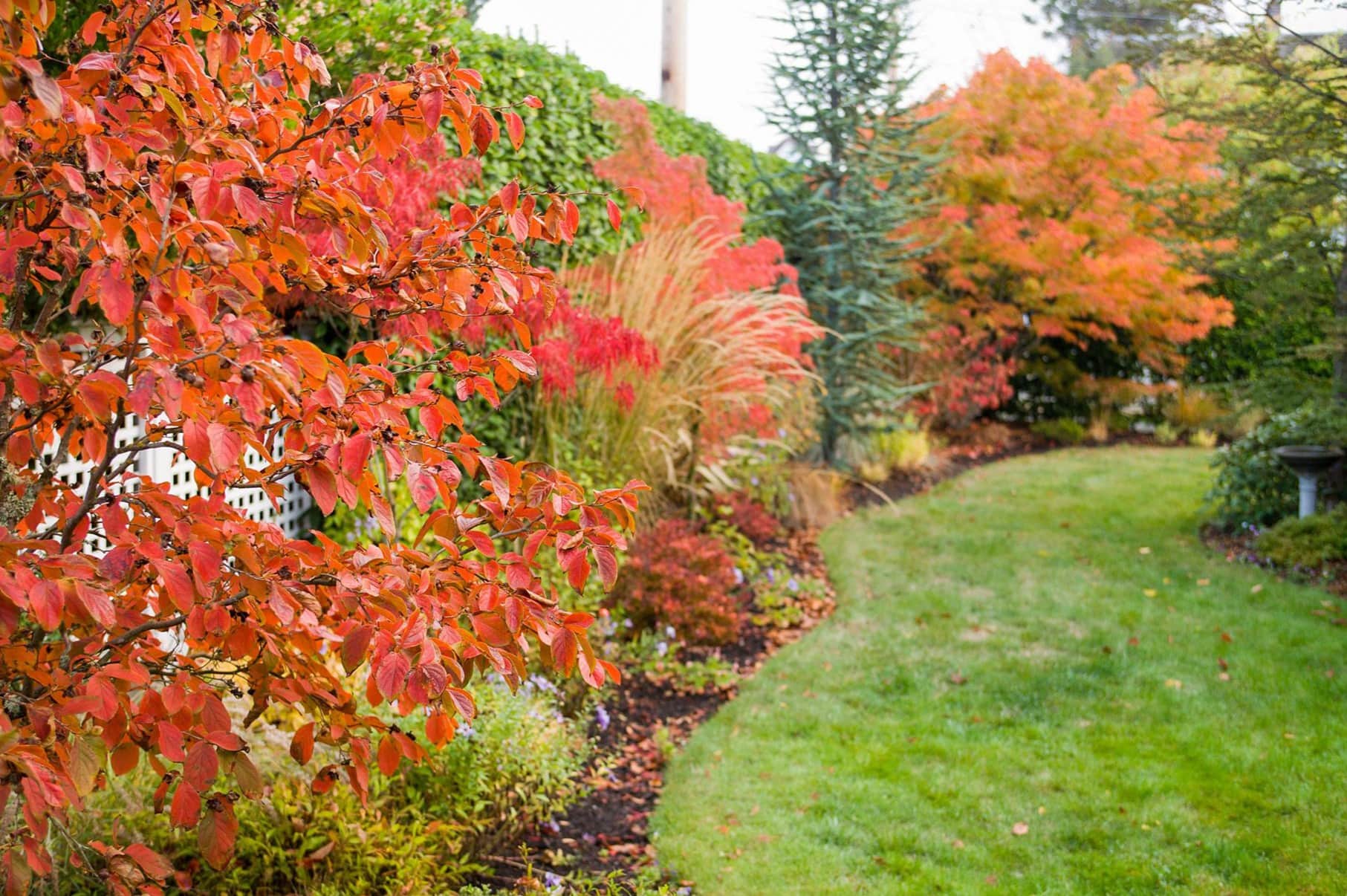
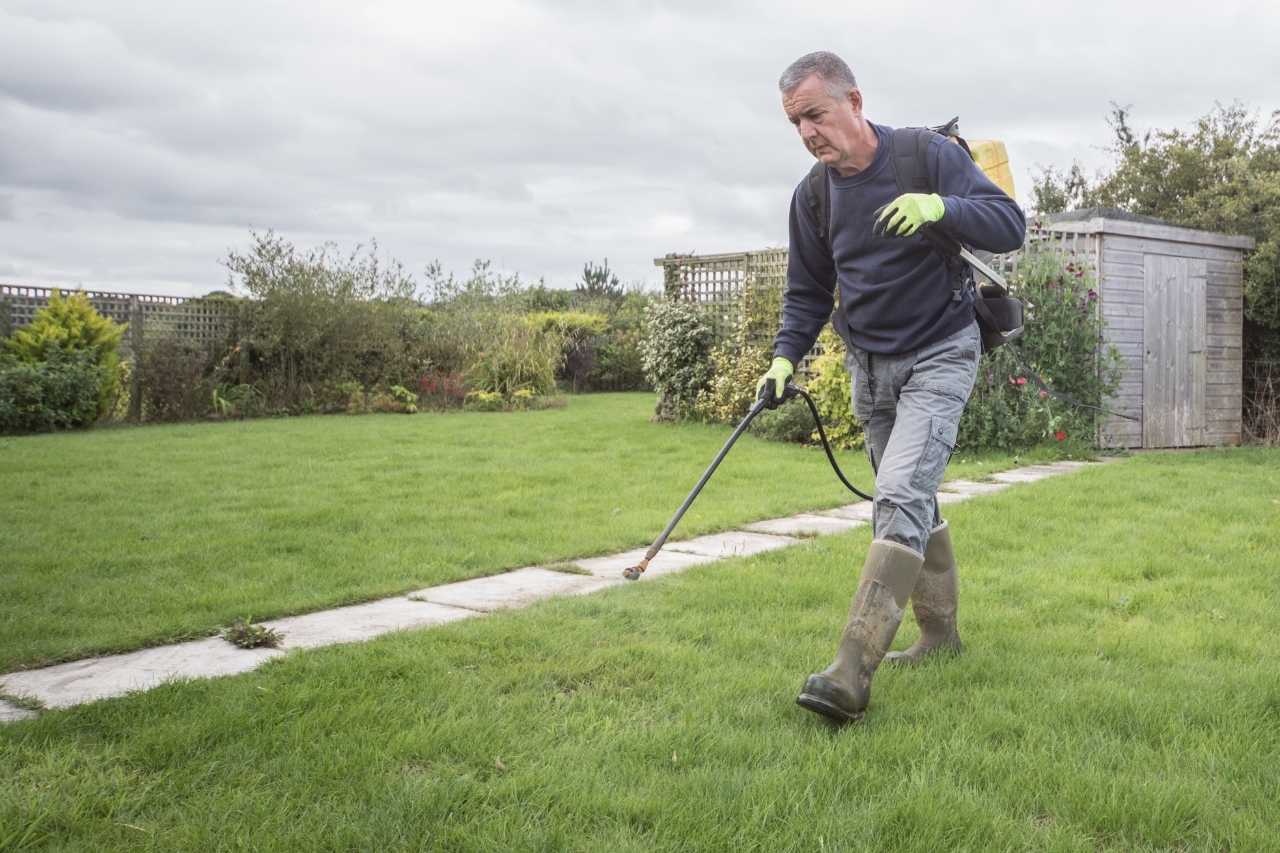
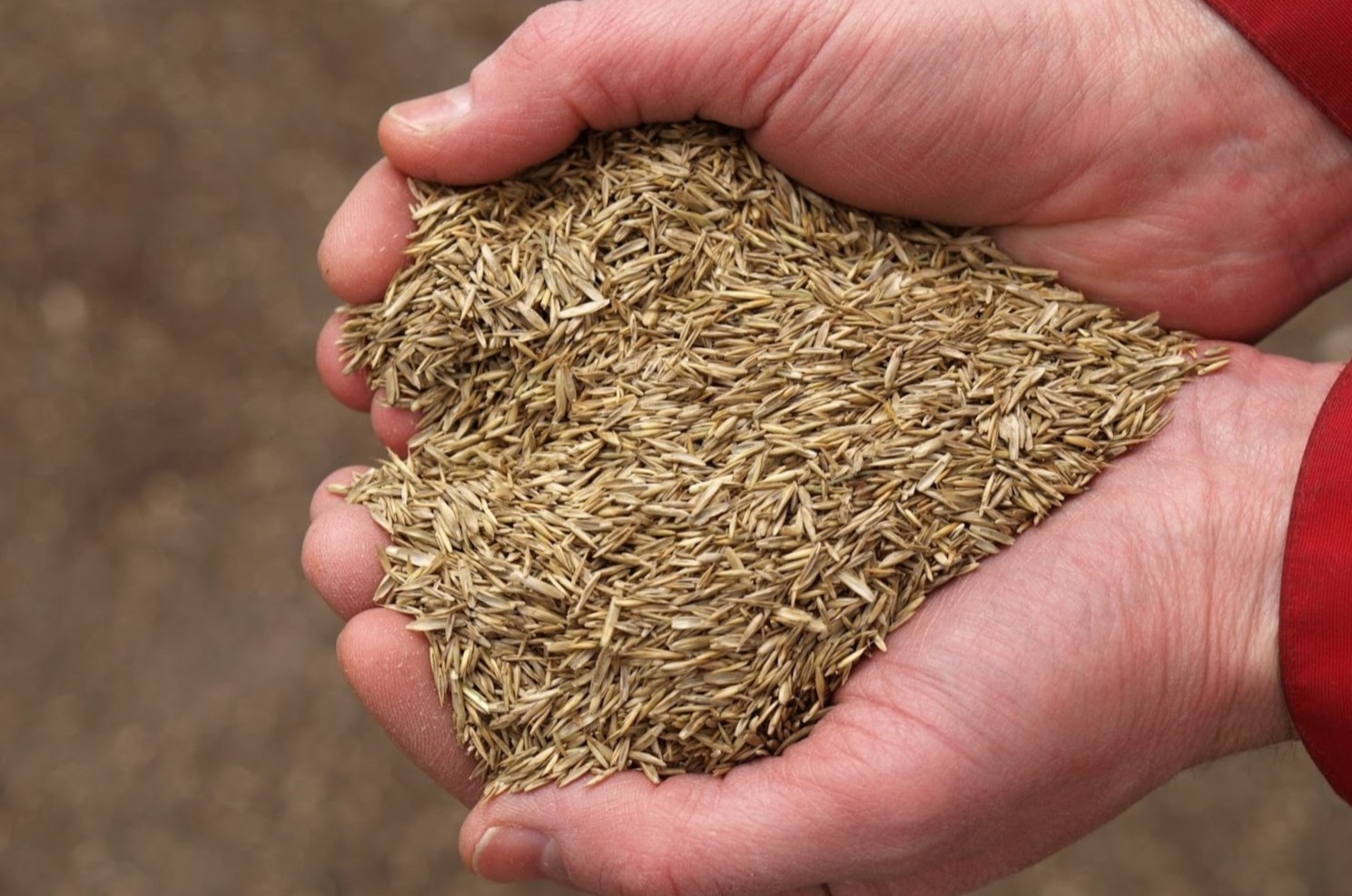

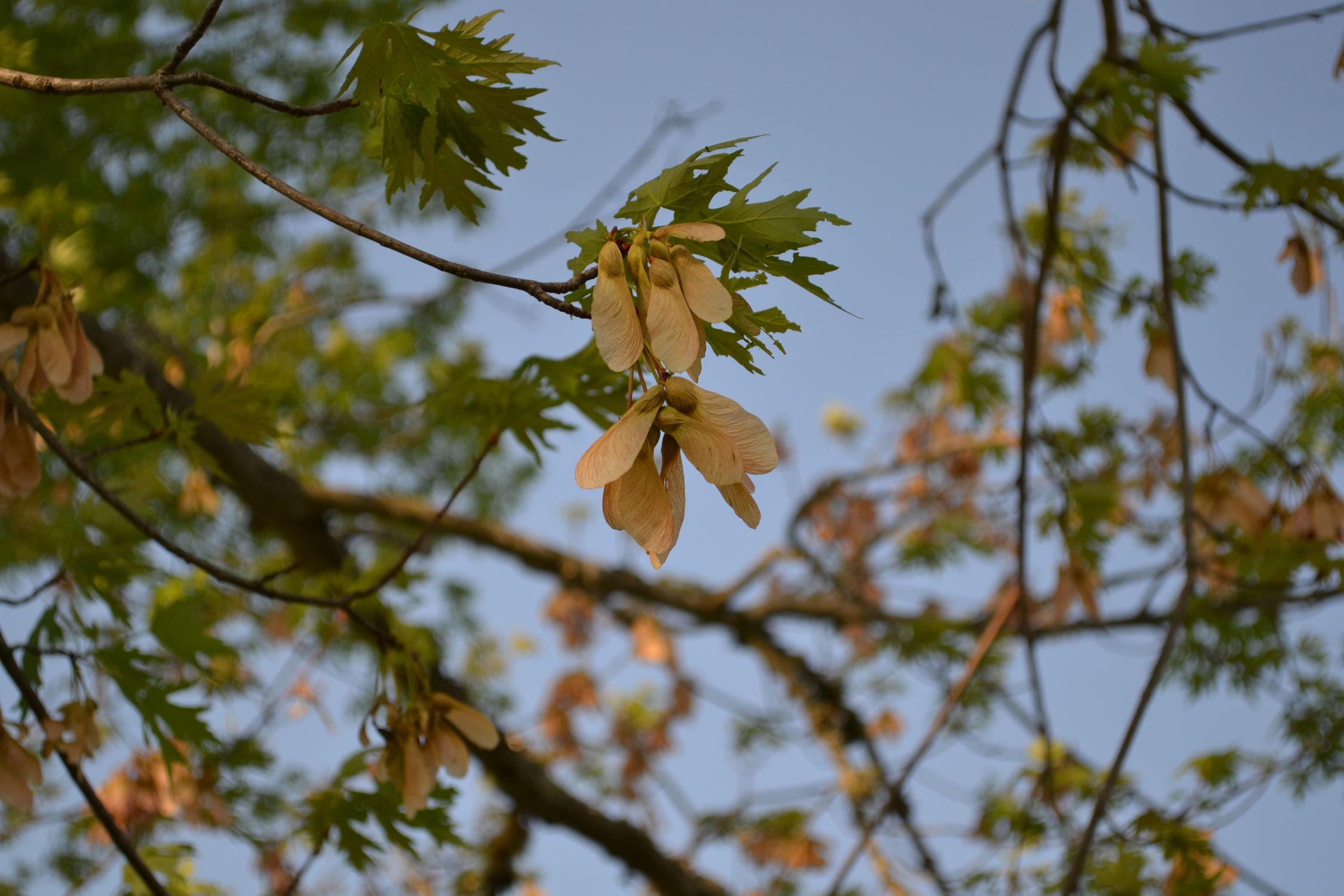

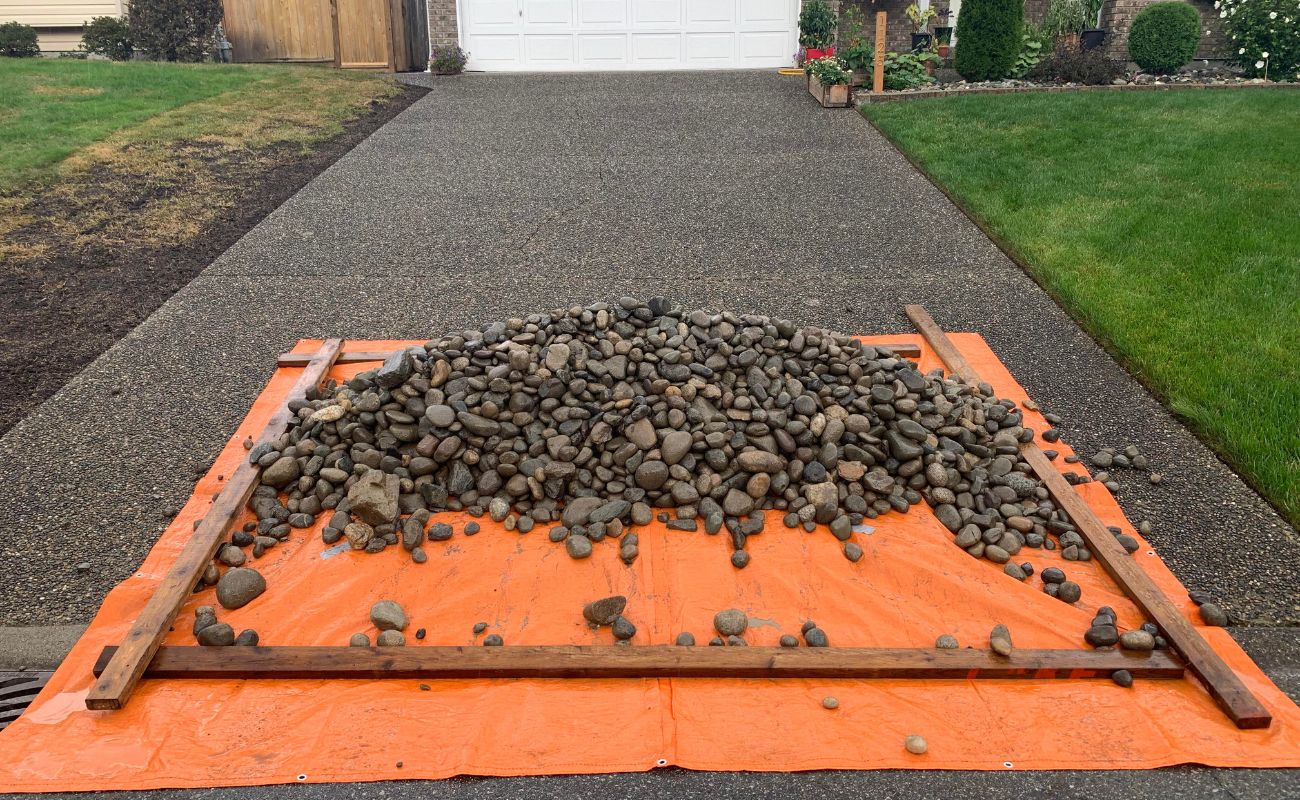
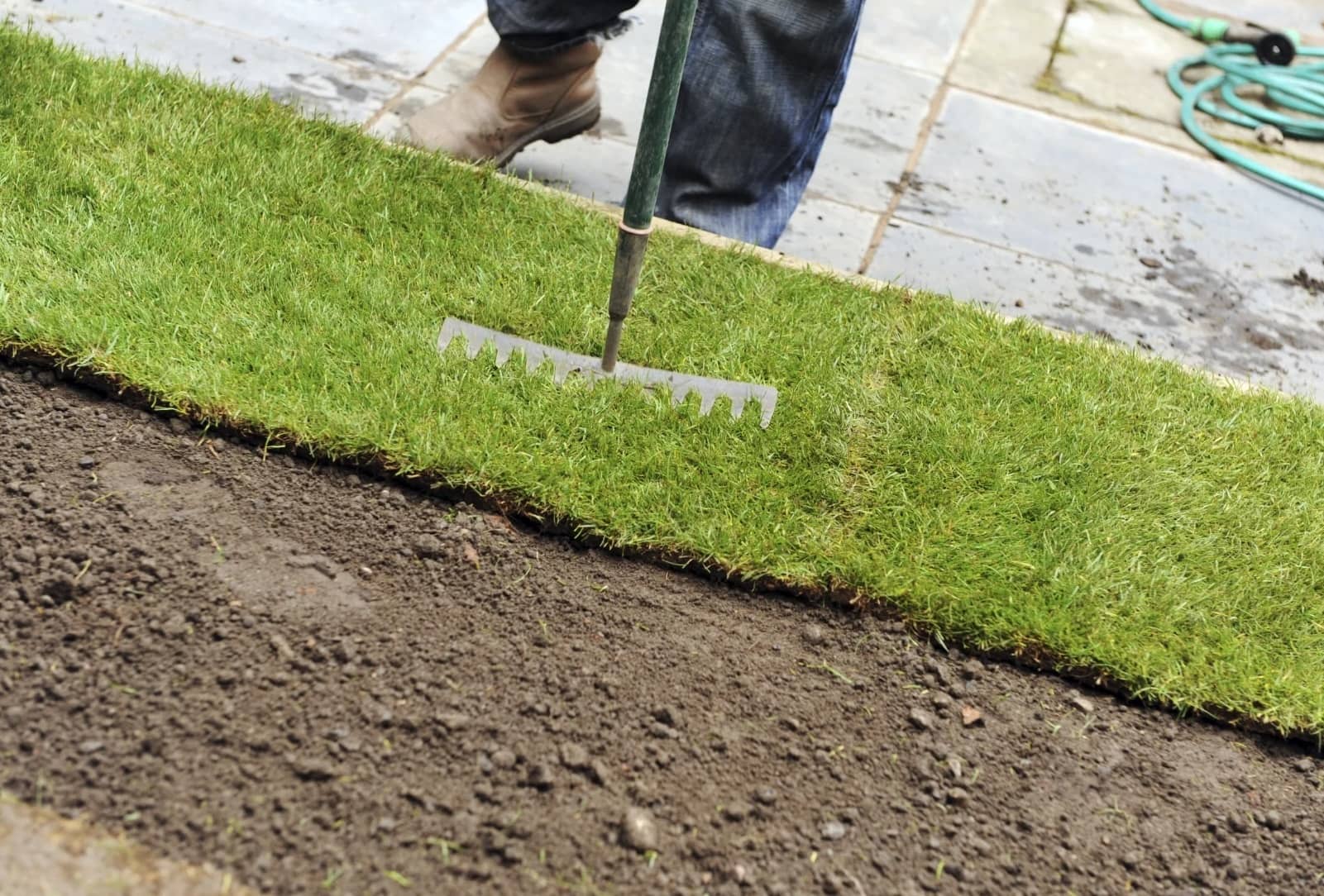
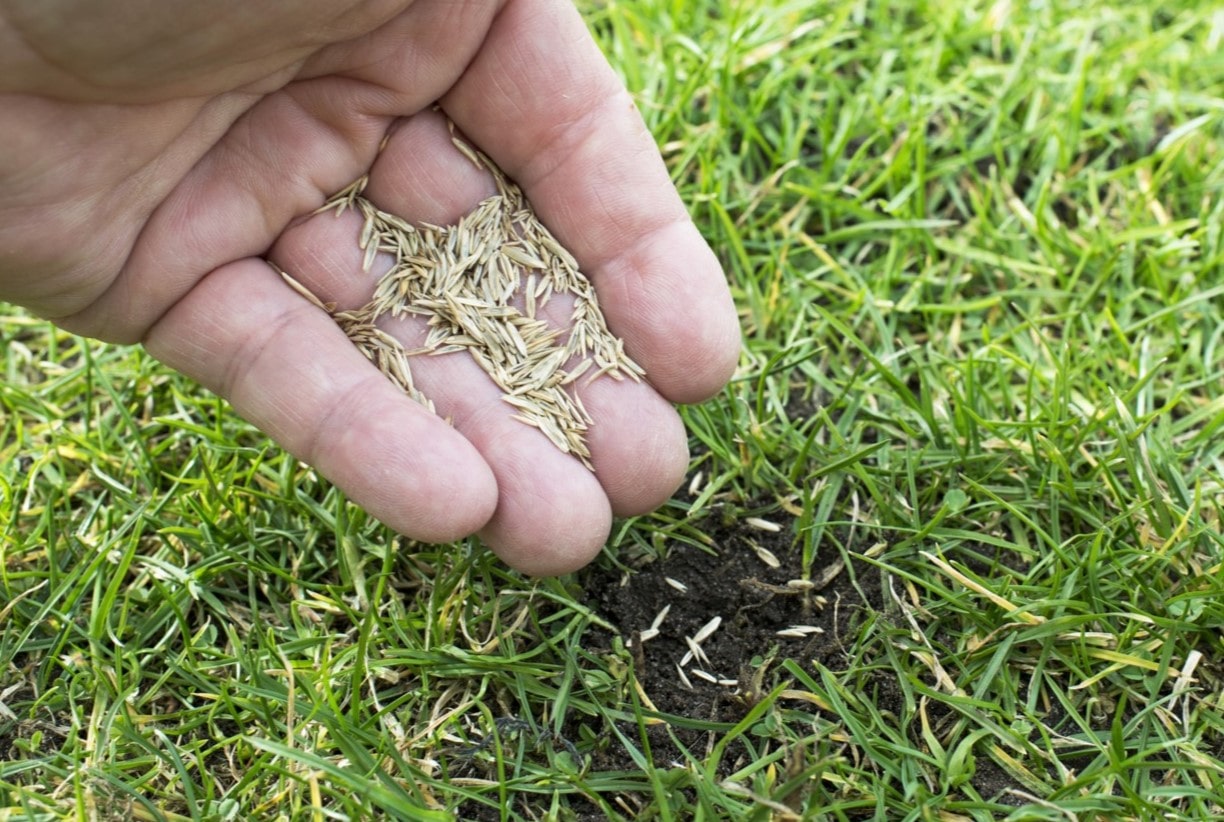
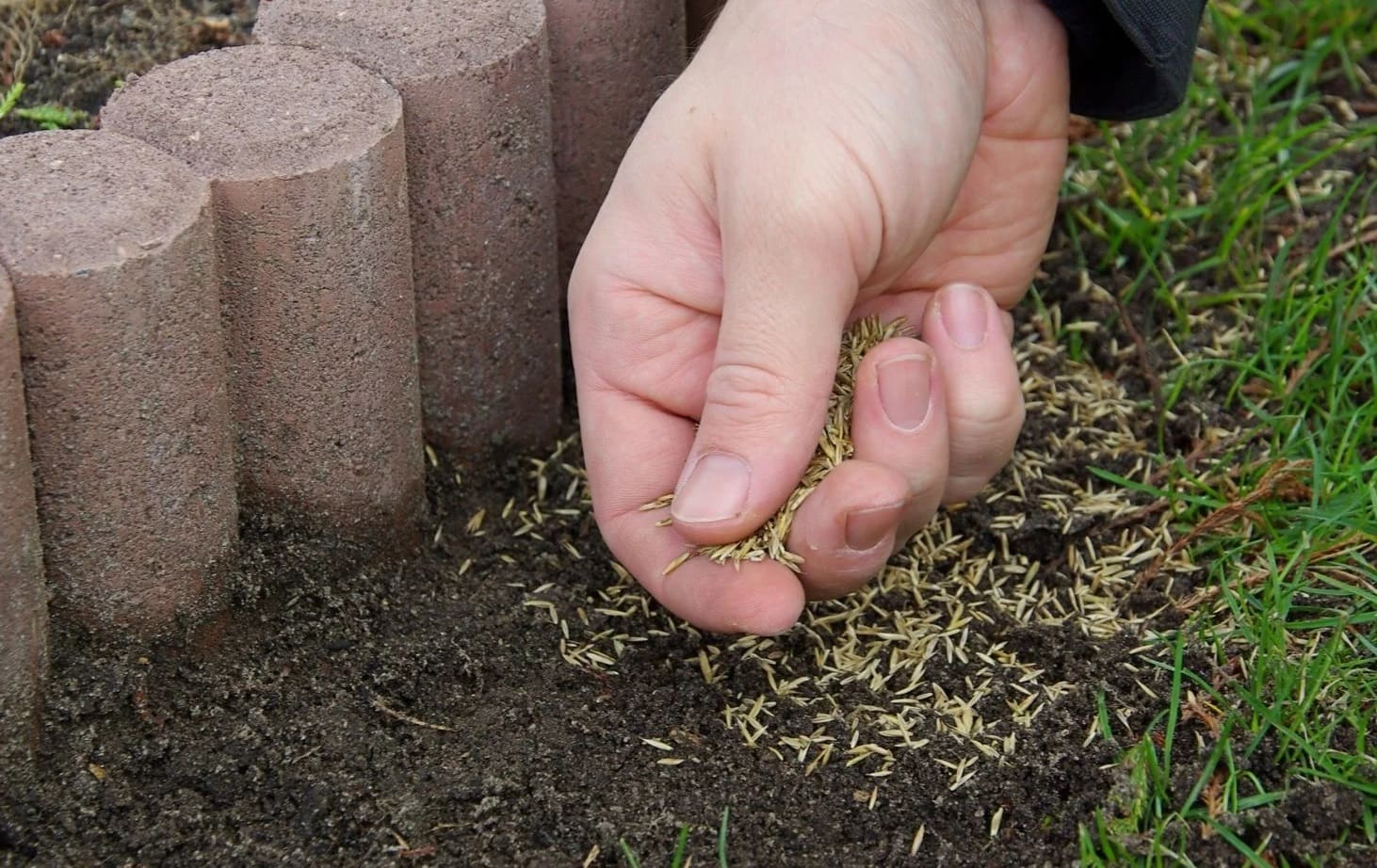

0 thoughts on “When To Put Grass Seed Down In The Fall”